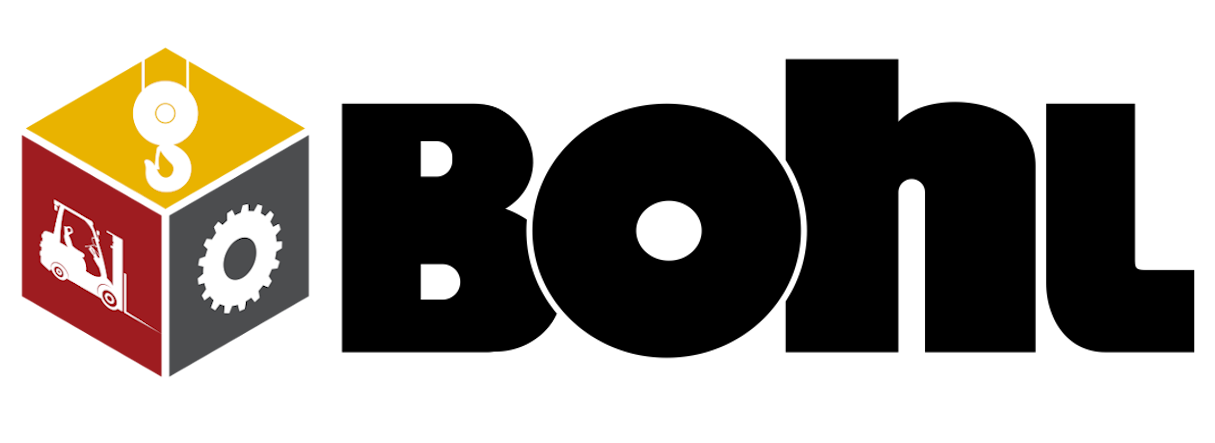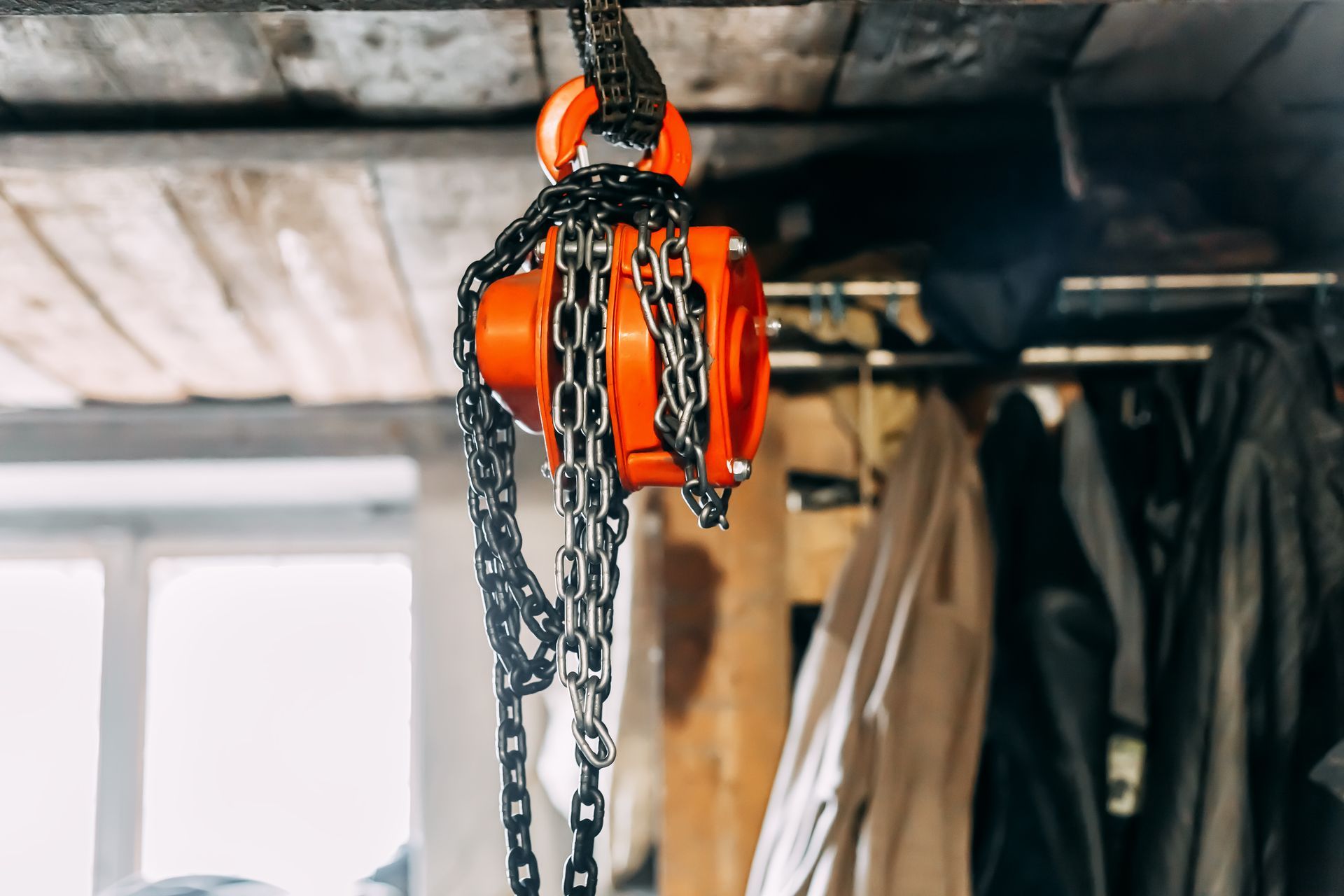How Can You Estimate and Manage Overhead Crane Costs Effectively in Your Project?
Virtually every industrial operation wants to effectively estimate and manage the overhead costs of each project to maximize profitability. Learn how you can manage your overhead crane costs below.
Understanding What These Costs Involve
Overhead costs include indirect expenses related to labor. These include bonding and insurance, vehicle expenses, labor burden, equipment costs, advertising costs, and administrative expenses.
Calculating These Costs
To calculate these costs, the method often used is using a percentage of the direct expenses incurred during the project. Thus, estimate the project's total cost, considering material costs, direct labor, and fees. Then, a specific percentage (such as 10%) should be applied to the estimated project cost to approximate the overhead costs.
The Factors That Can Affect Overhead Crane Costs
These factors include the following items:
The type of crane: Cranes can be single girder, double girder, or gantry; all of these have varying costs depending on the type and materials they are made of and utilized for their pulling capability.
The span: The greater the distance between the centerline of the runway rails, the higher the cost. The capacity: This is the maximum load the crane for which the crane is rated.
The height: This is the height at which the crane can lift the load.
The frequency of use: How often will the crane be used or in operation? Special requirements: Any added building or structural needs for installation for the crane to operate correctly.
Installation costs: Any costs needed to install the crane to ensure proper operation.
Contact us to learn more about our overhead cranes and other items in our inventory.



